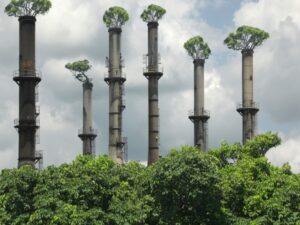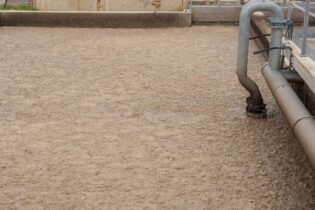The transition to a circular economy is driven by global missions which aim to reduce climate change and protect the earth’s natural resources and biodiversity.
It is largely supported by emerging national and international policies and regulations such as the EU Circular Economy Action Plan, as well as the global rollout of policies such as the Extended Producer Responsibility (EPR). Waste and Recycling companies already play a pivotal role in recycling in the linear economy, acting as an important intermediary between waste producers and those companies looking to source quality secondary raw material to replace virgin materials. According to Waste360 initiatives by the private sector continue to gain momentum following the US Plastic Pact signed by almost 100 multinational companies to make plastic packaging either recyclable, reusable, or compostable. The importance of a circular economy A circular economy is defined as systems solution framework that tackles global challenges like climate change, biodiversity loss, waste, and pollution. Determined by a strong integration of the value/supply chains as resource composition, quality, and predictability gain in importance. A circular economy which influences a change in the fundamental traditional business models of waste management companies. EPR means that the creators of waste must pay for the collection, sorting, and processing of their products at end of life. Prospects from the circular economy for Waste and Recycling companies include:- Increasing resource productivity
- Helping secure increasingly scarce resources
- Reducing the environmental impact of production and consumption
- Advanced recycling whereby more value of the underlying resource is captured and preserved
- Delivering a more competitive and optimized economy.
- Innovation – new business models e.g., repair, re-use, re-manufacture, sharing, etc.







